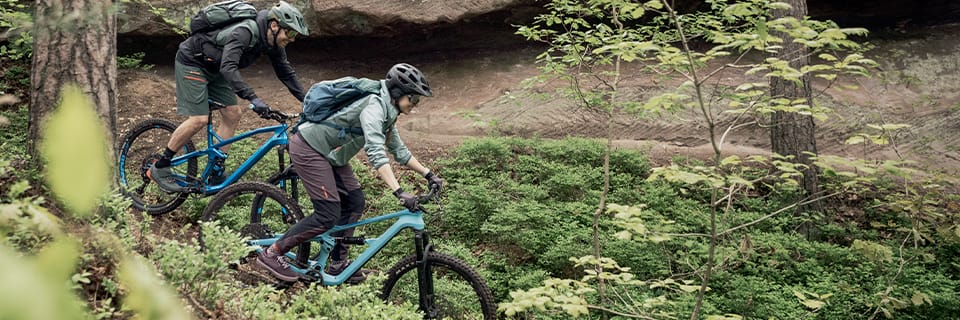Commonly referred to as "sprockets", the mountain bike cassette is your bike's gearbox. It's important to choose this component carefully, so that it's not only compatible with the rest of your mountain bike transmission transmission, but also to get the gear ratios you need. Here's what you need to know.
Standards
- Number of gears: 9, 10, 11 or 12
- Type of freewheel body: SHIMANO, SRAM XD or SHIMANO Microspline
- Gear teeth
MTB cassette types
To begin with, it's useful to differentiate between cassette-type assemblies a from the freewheel type b.

When the sprockets are independent of the freewheel system (called the freewheel body), the sprocket assembly is called a "cassette", which is the current standard.
When the freewheel system is integrated with the sprockets, the assembly is called a "freewheel" - an older standard.
All drivetrain components are designed to operate under one gear standard, so you can't combine a 9-speed cassette with a 10V drivetrain, for example. Today, most mountain bikes are 10V, 11V or 12V, but you can still easily find 9V or, more rarely, 8V. For DH, you'll find 7V cassettes adapted to the specificities of this sport.
The freewheel body is the part that supports the cassette. There are 3 standards:
- SRAM XD (11 or 12 speeds).
- Shimano (8/9/10 or 11 speeds) / SRAM (9/10 speeds).
- Shimano Microspline (12 speeds).
The gearing is always indicated by the extremes. For example, if "11/36" is indicated, the smallest sprocket will have 11 teeth and the largest 36. The more teeth a sprocket has, the less effort is required to turn the wheel, and vice versa.
Which MTB cassette to choose?
Current manufacturing techniques make it possible to increase the number of gears on the cassette and therefore reduce the number of chainrings on the front. Easier to use, this also eliminates the duplication of gears found on a more traditional transmission.
The choice of cassette will depend on the rest of your transmission, so you'll need to choose a gear standard identical to the one you already have, respecting the capacity (Calculating the length of clevis required :
(D maximum cassette - D minimum cassette) + (D maximum plate - D minimum plate) = capacity. D = number of teeth). of your derailleur. Among the possible options, you can choose the teeth according to your level of riding experience. MOUNTAIN BIKING.
Découvrez tous nos conseils & Tutoriels
MTB - Cassettes
-
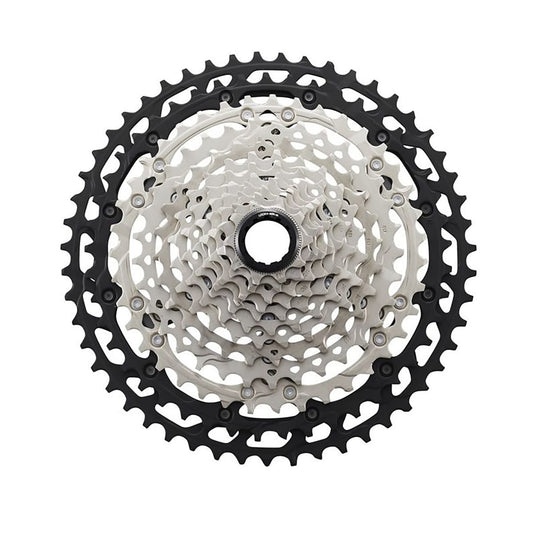
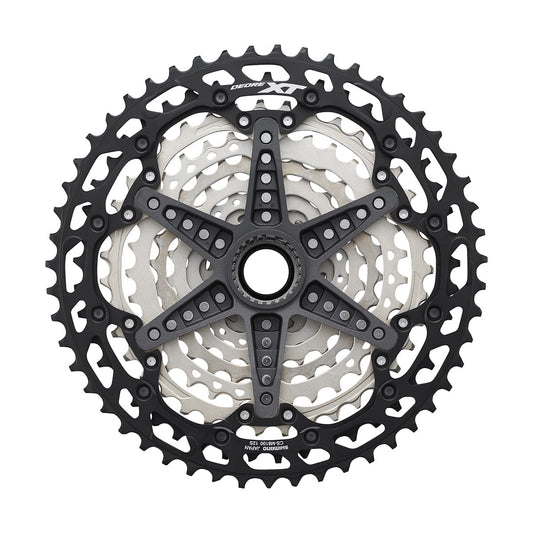
SHIMANO DEORE XT CS-M8100 12 Speed Cassette
Regular price From 89,99 €Regular priceUnit price per -
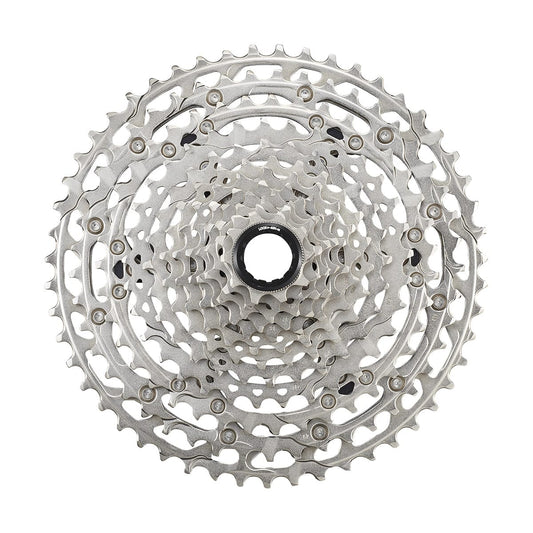
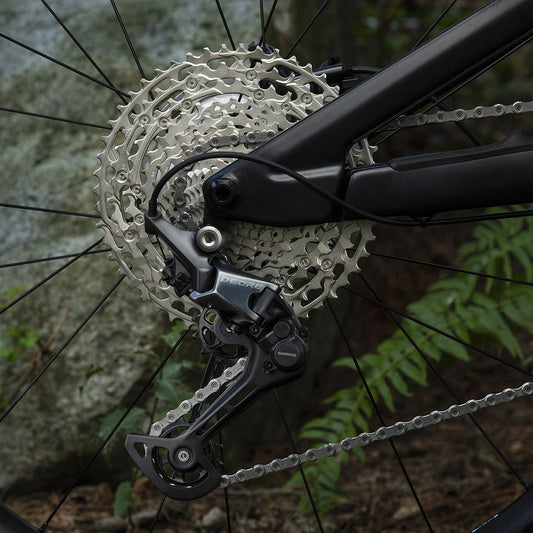
Cassette 12 Speed SHIMANO DEORE CS-M6100
Regular price 54,99 €Regular priceUnit price per -
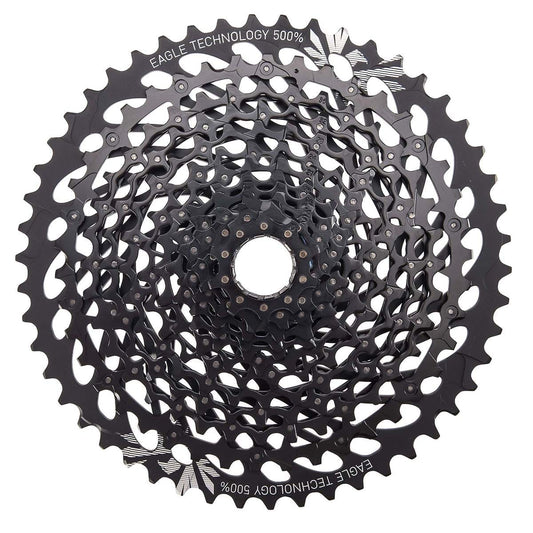
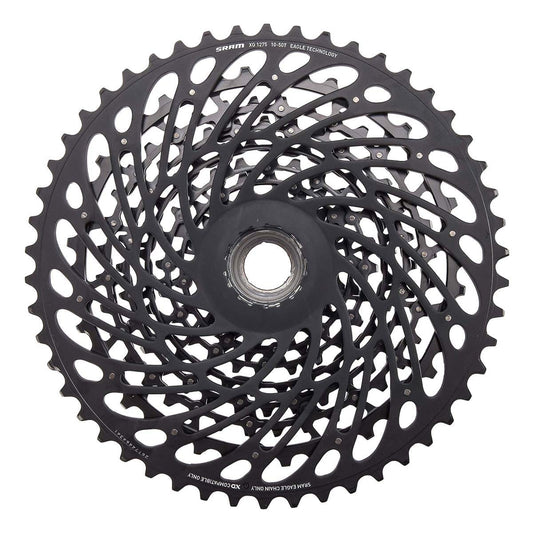
Cassette 12 Speed SRAM GX EAGLE XG-1275
Regular price 159,90 €Regular priceUnit price per -
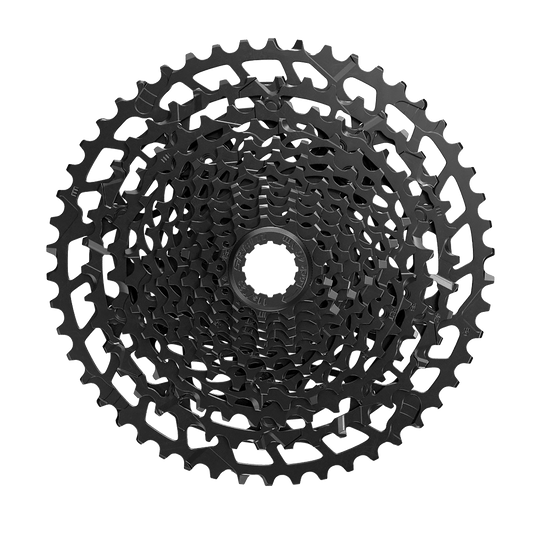
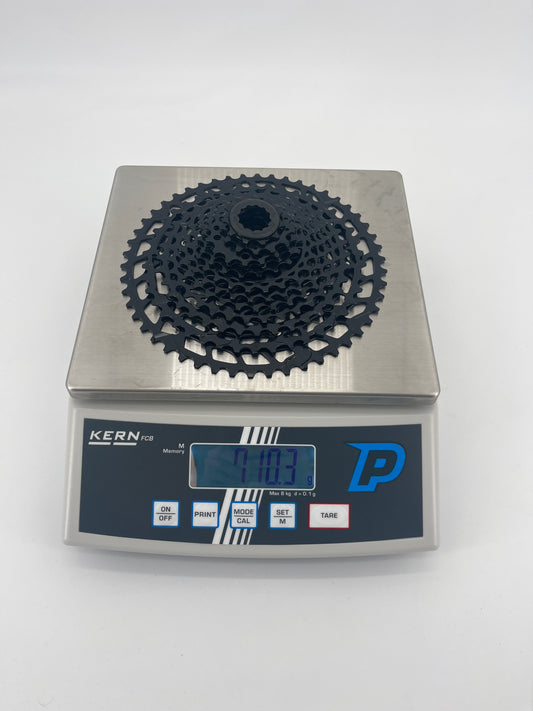
12V SRAM SX EAGLE PG-1210 11/50 cassette
Regular price 59,99 €Regular priceUnit price per -

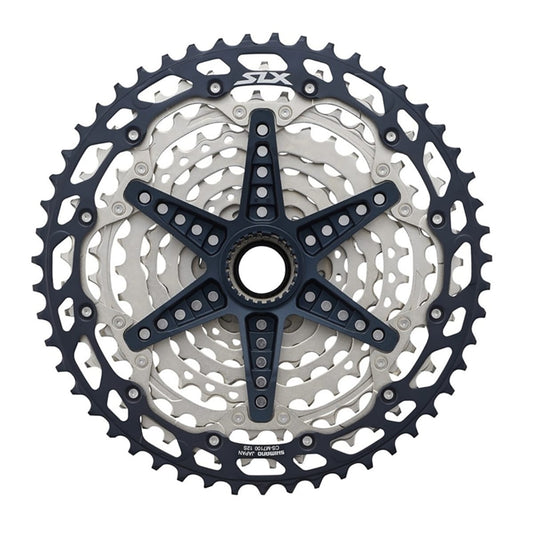
Cassette 12 Speed SHIMANO SLX CS-M7100
Regular price From 69,99 €Regular priceUnit price per -

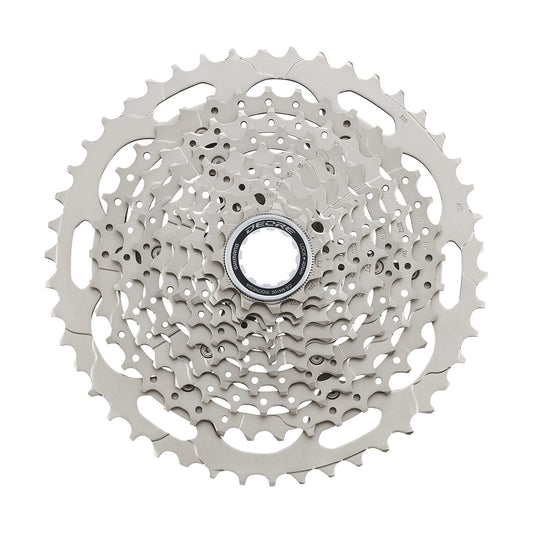
Cassette 10 Speed SHIMANO DEORE CS-M4100
Regular price 29,99 €Regular priceUnit price per -
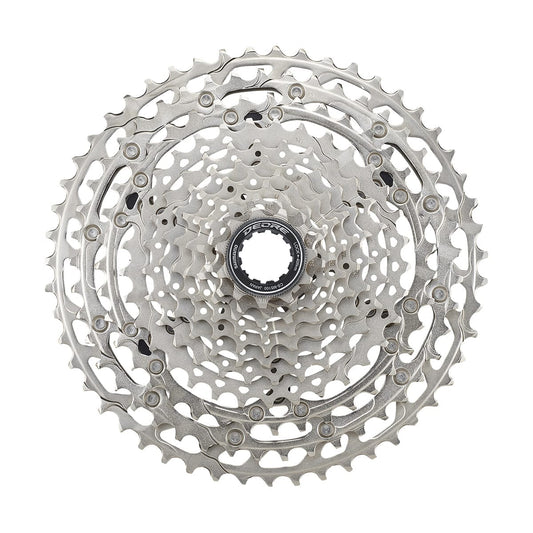
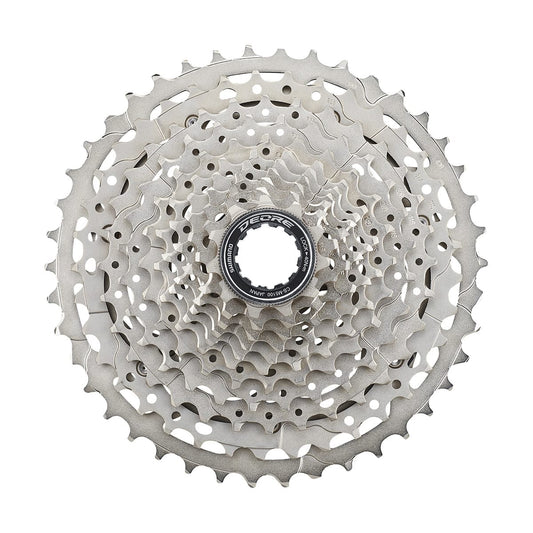
Cassette 11 Speed SHIMANO DEORE CS-M5100
Regular price From 42,99 €Regular priceUnit price per -
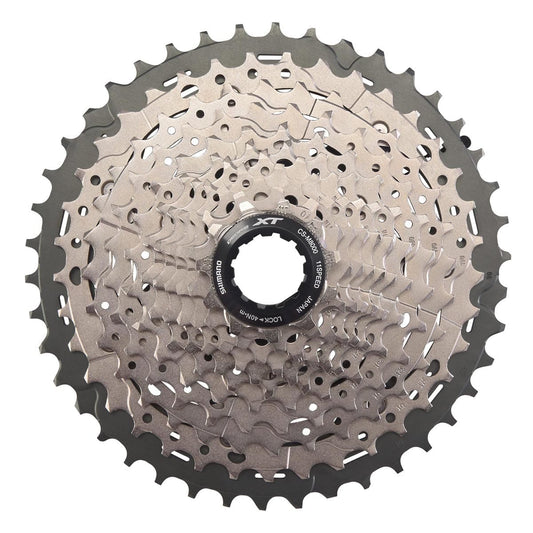
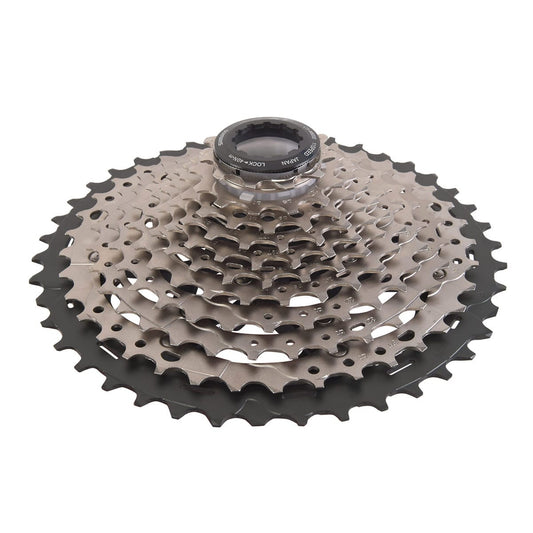
Cassette 11 Speed SHIMANO XT CS-M8000
Regular price 79,99 €Regular priceUnit price per
